The vulnerability of Japanese naval codes and ciphers was crucial to the conduct of World War II, and had an important influence on foreign relations between Japan and the west in the years leading up to the war as well. Every Japanese code was eventually broken, and the intelligence gathered made possible such operations as the victorious American ambush of the Japanese Navy at Midway in 1942 and the shooting down of Japanese admiral Isoroku Yamamoto a year later in Operation Vengeance.
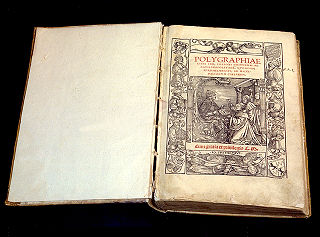
Books on cryptography have been published sporadically and with highly variable quality for a long time. This is despite the tempting, though superficial, paradox that secrecy is of the essence in sending confidential messages — see Kerckhoffs' principle.

Elizebeth Smith Friedman was an American cryptanalyst and author who deciphered enemy codes in both World Wars and helped to solve international smuggling cases during Prohibition. Over the course of her career, she worked for the United States Treasury, Coast Guard, Navy and Army, and the International Monetary Fund. She has been called "America's first female cryptanalyst".
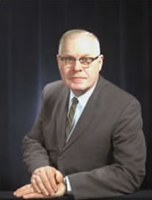
Frank Byron Rowlett was an American cryptologist.
The Signal Intelligence Service (SIS) was the United States Army codebreaking division through World War II. It was founded in 1930 to compile codes for the Army. It was renamed the Signal Security Agency in 1943, and in September 1945, became the Army Security Agency. For most of the war it was headquartered at Arlington Hall, on Arlington Boulevard in Arlington, Virginia, across the Potomac River from Washington (D.C.). During World War II, it became known as the Army Security Agency, and its resources were reassigned to the newly established National Security Agency (NSA).
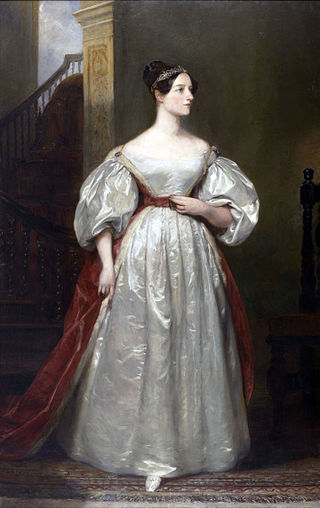
Women in computing were among the first programmers in the early 20th century, and contributed substantially to the industry. As technology and practices altered, the role of women as programmers has changed, and the recorded history of the field has downplayed their achievements. Since the 18th century, women have developed scientific computations, including Nicole-Reine Lepaute's prediction of Halley's Comet, and Maria Mitchell's computation of the motion of Venus.

William Sanford Nye is an American mechanical engineer, science communicator, and television presenter. He is best known as the host of the science education television show Bill Nye the Science Guy (1993–1999) and as a science educator in pop culture. Born in Washington, D.C., Nye began his career as a mechanical engineer for Boeing in Seattle, where he invented a hydraulic resonance suppressor tube used on 747 airplanes. In 1986, he left Boeing to pursue comedy—writing and performing for the local sketch television show Almost Live!, where he regularly conducted wacky scientific experiments.

Ann Zeilinger Caracristi was an American cryptanalyst, former Deputy Director of the National Security Agency, where she served at various positions over a 40-year career. She served as a member of the Secretary of Defense Joint Security Commission and President's Foreign Intelligence Advisory Board. She became the first woman at NSA to be promoted to GS-18 rank, in 1975, when she became the Chief of Research and Operations.
Mavis Lilian Batey, MBE, was a British code-breaker during World War II. She was one of the leading female codebreakers at Bletchley Park.
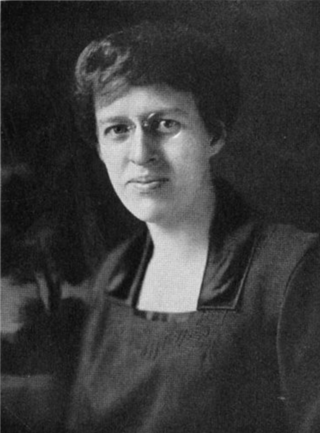
Dorothy Stimson was an American academic. She served as the dean of Goucher College from 1921 to 1947 and was a professor of history at the college until 1955.

Genevieve Marie Grotjan Feinstein was an American mathematician and cryptanalyst. She worked for the Signals Intelligence Service throughout World War II, during which time she played an important role in deciphering the Japanese cryptography machine Purple, and later worked on the Cold War-era Venona project.

Nathalia Holt is a journalist and an American author of non-fiction. Her works include Cured, Rise of the Rocket Girls,The Queens of Animation and Wise Gals.

About 7,500 women worked in Bletchley Park, the central site for British cryptanalysts during World War II. Women constituted roughly 75% of the workforce there. While women were overwhelmingly under-represented in high-level work such as cryptanalysis, they were employed in large numbers in other important areas, including as operators of cryptographic and communications machinery, translators of Axis documents, traffic analysts, clerical workers, and more. Women made up the majority of Bletchley Park’s workforce, most enlisted in the Women’s Royal Naval Service, WRNS, nicknamed the Wrens.
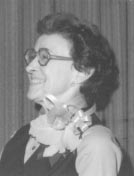
Gene Grabeel was an American mathematician and cryptanalyst who founded the Venona project.
Japanese army and diplomatic codes. This article is on Japanese army and diplomatic ciphers and codes used up to and during World War II, to supplement the article on Japanese naval codes. The diplomatic codes were significant militarily, particularly those from diplomats in Germany.

Mary Louise Prather was an American spy and one of the pioneering women within the field of cryptography. Most of her work in the field of cryptography was completed during World War II and early in the Cold War era.
Julia Ward was the founder of the central reference division of the National Security Agency (NSA). She was inducted into the Cryptologic Hall of Honor in 2002.

The Code Girls or World War II Code Girls is a nickname for the more than 10,000 women who served as cryptographers and cryptanalysts for the United States Military during World War II, working in secrecy to break German and Japanese codes.

Virginia Dare Aderholdt was an Arlington Hall cryptanalyst and Japanese translator. She decrypted the intercepted Japanese surrender message at the close of World War II on August 14, 1945.

Mary Caroline "Polly" Hughes Budenbach was an American cryptanalyst. She won the Federal Woman's Award in 1969, and was posthumously inducted into the NSA Hall of Honor in 2017.














